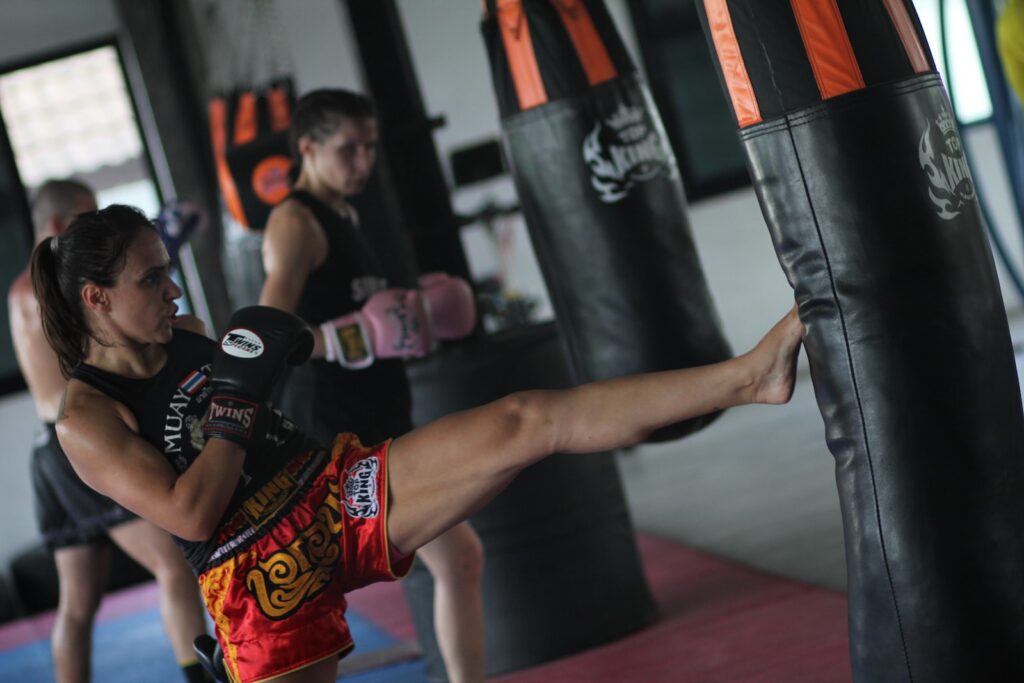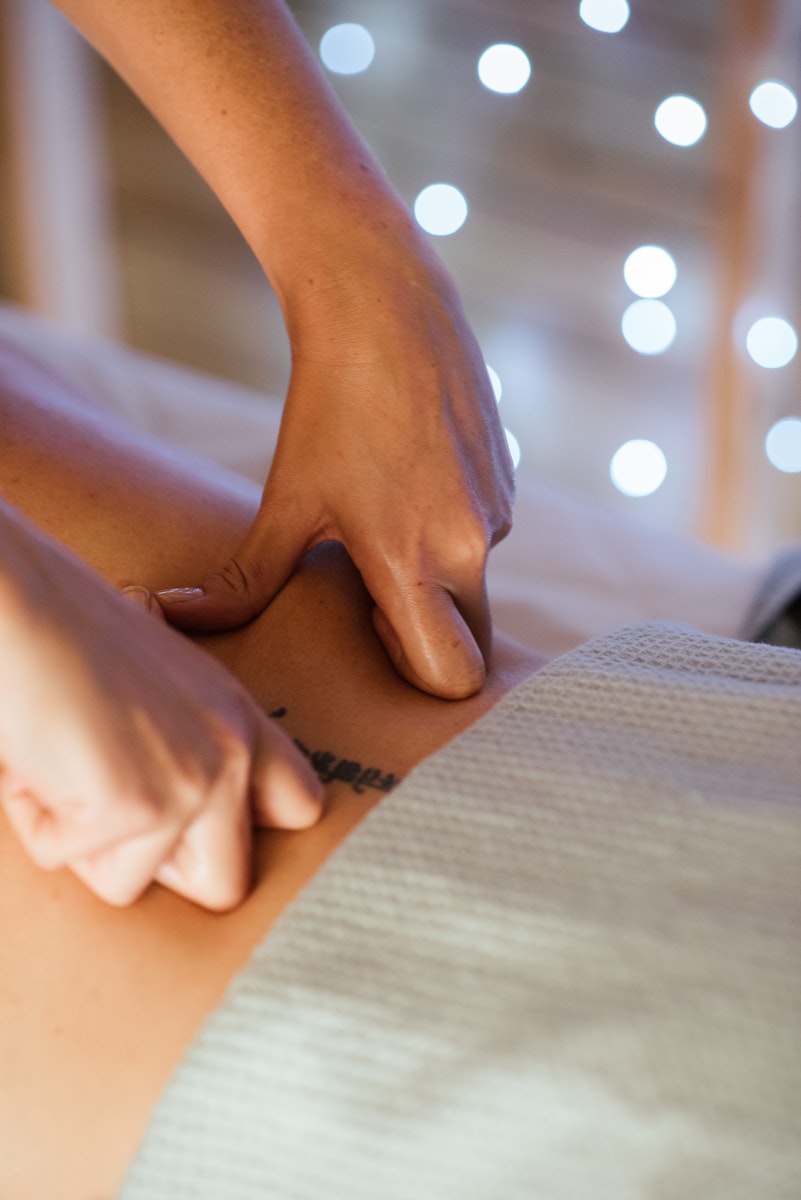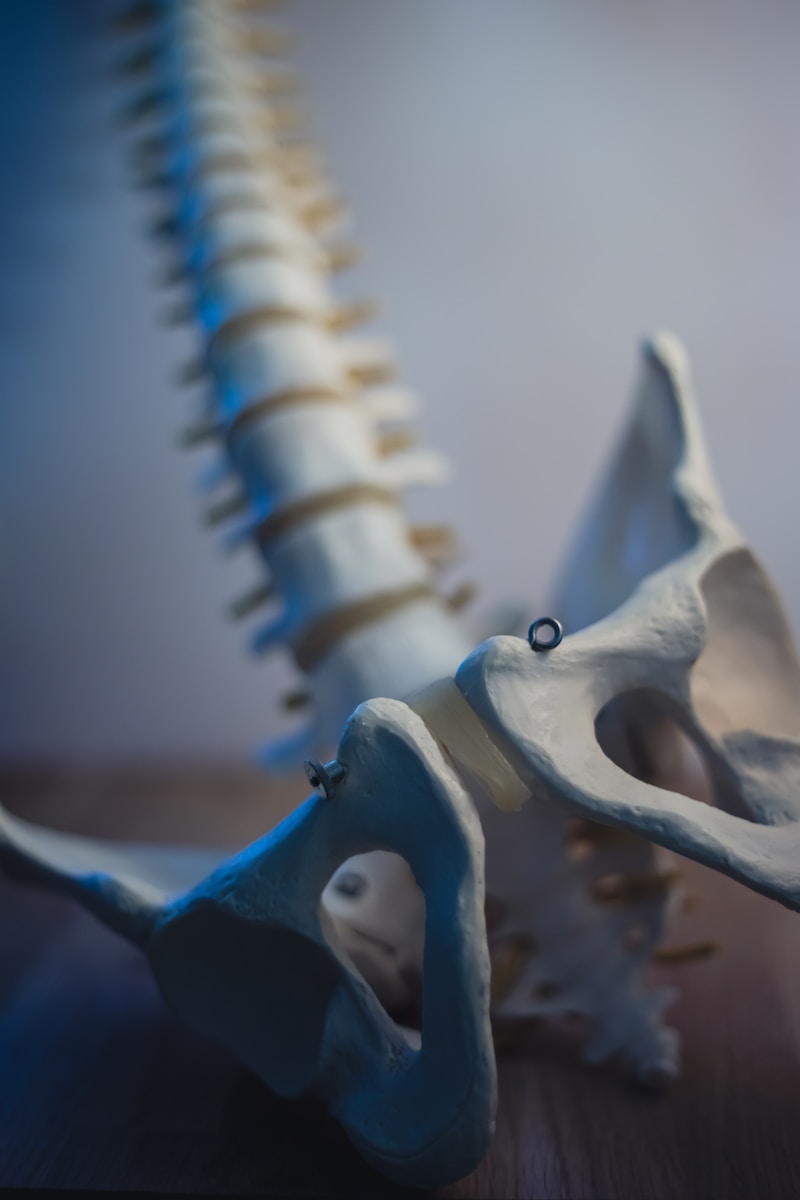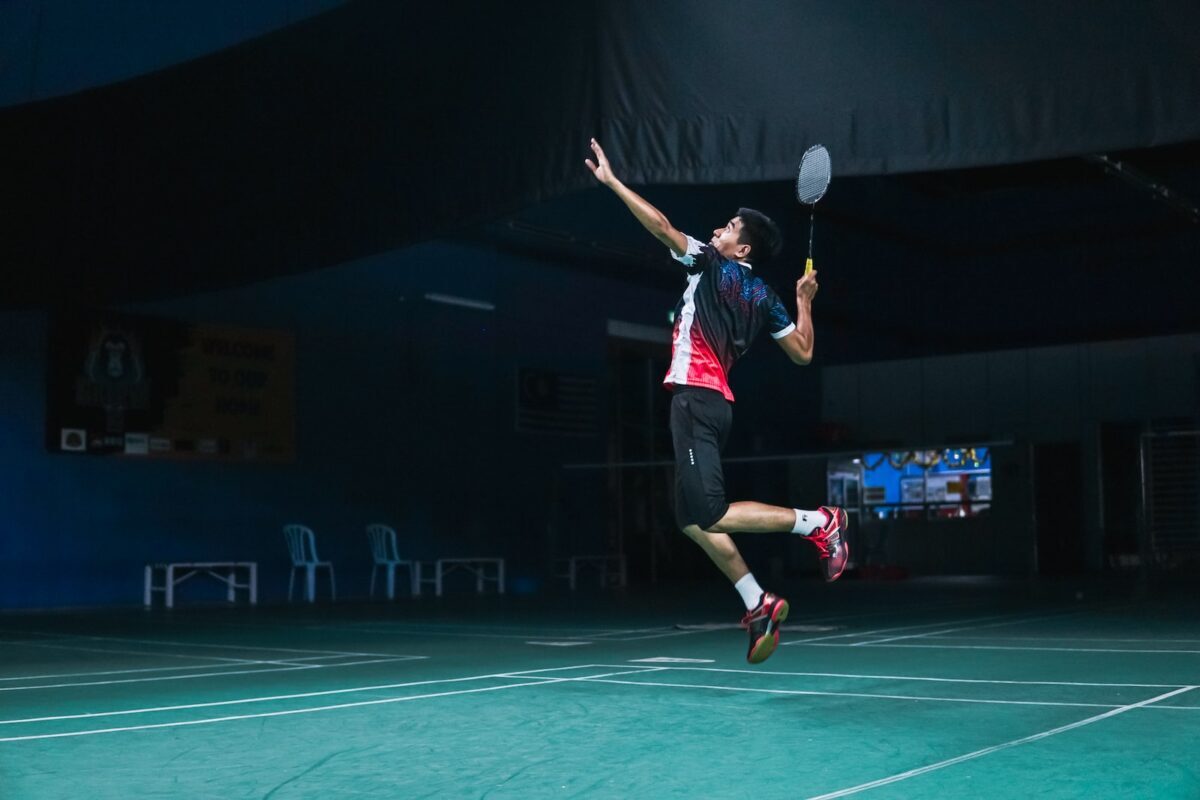Kickboxing is a high-intensity combat sport that combines martial arts techniques with cardiovascular and strength training. This fast-paced activity requires strength, endurance, and agility, making it a great workout for the whole body. However, with its physical demands come potential injuries, from minor bruises to serious sprains and fractures.
Whether you are a seasoned kickboxer or a beginner looking to try this sport, it is important to understand the muscles used in kickboxing, how to prevent common injuries, and what to do if an injury occurs. In this article, we will discuss targeted muscle groups, common kickboxing injuries and their prevention and treatment, recovery strategies, and essential safety tips and gear for kickboxers.
Targeted Muscles: Strength and Endurance
Kickboxing targets a variety of muscles throughout the body, including the quadriceps, hamstrings, glutes, hip flexors, calves, core, chest, back, shoulders, and arms. To build strength and endurance in these muscle groups, it is important to incorporate a variety of exercises into your training routine.
Strength training exercises such as squats, lunges, deadlifts, push-ups, and pull-ups can help build the necessary strength for powerful kicks and punches. Plyometric exercises like jump squats, box jumps, and explosive push-ups can improve explosive power and speed. Additionally, cardiovascular exercises such as running, cycling, and jumping rope can improve endurance and stamina.
Prevention and Treatment of Kickboxing Injuries
Despite the benefits of kickboxing, there are potential risks of injury. Common kickboxing injuries include sprains, strains, fractures, cuts, and bruises. Here are some tips to help prevent these injuries:
- Warm up properly before training or fighting
- Wear appropriate protective gear such as gloves, shin guards, and mouthguards
- Use proper technique when executing kicks and punches
- Train with a qualified instructor who can provide guidance on technique and safety
- Avoid overtraining and listen to your body
If an injury occurs, it is important to seek medical attention immediately. Rest, ice, compression, and elevation (RICE) can help reduce swelling and pain. In more serious cases, physical therapy or surgery may be necessary.
Recovery Strategies for Kickboxing Injuries
After an injury, it is important to allow time for proper rest and rehabilitation before returning to kickboxing. Depending on the severity of the injury, recovery time can vary from a few days to several weeks or months. Here are some strategies for recovering from kickboxing injuries:
- Rest the injured area and avoid putting weight or pressure on it
- Follow a proper rehabilitation plan prescribed by a medical professional or physical therapist
- Incorporate low-impact exercises into your routine to maintain fitness and mobility
- Gradually increase the intensity and duration of training as the injury heals
Essential Safety Tips and Gear for Kickboxers
In addition to preventing and treating injuries, it is important to prioritize safety during kickboxing. Here are some essential safety tips and gear for kickboxers:
- Use proper technique when executing kicks and punches to avoid injury
- Train with a qualified instructor who can provide guidance on technique and safety
- Wear appropriate protective gear such as gloves, shin guards, and mouthguards
- Stay hydrated during training and fight to prevent heat exhaustion or dehydration
- Listen to your body and avoid overtraining to prevent fatigue and injury
In conclusion, kickboxing is a challenging and rewarding sport that requires strength, endurance, and agility. By building strength in targeted muscle groups, preventing injuries, recovering from injuries, and following safety tips and gear recommendations, kickboxers can stay healthy and perform their best.






